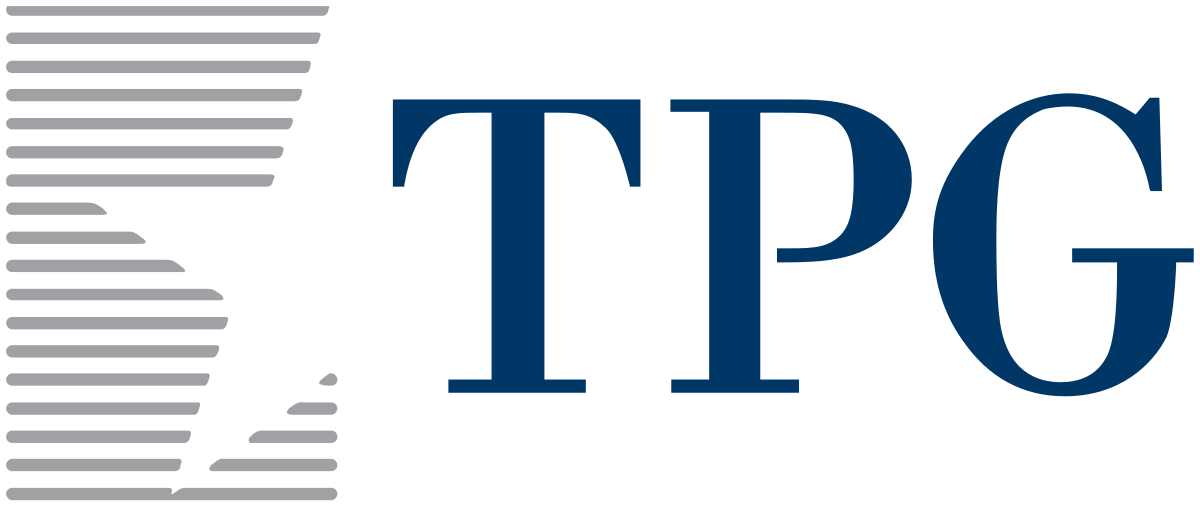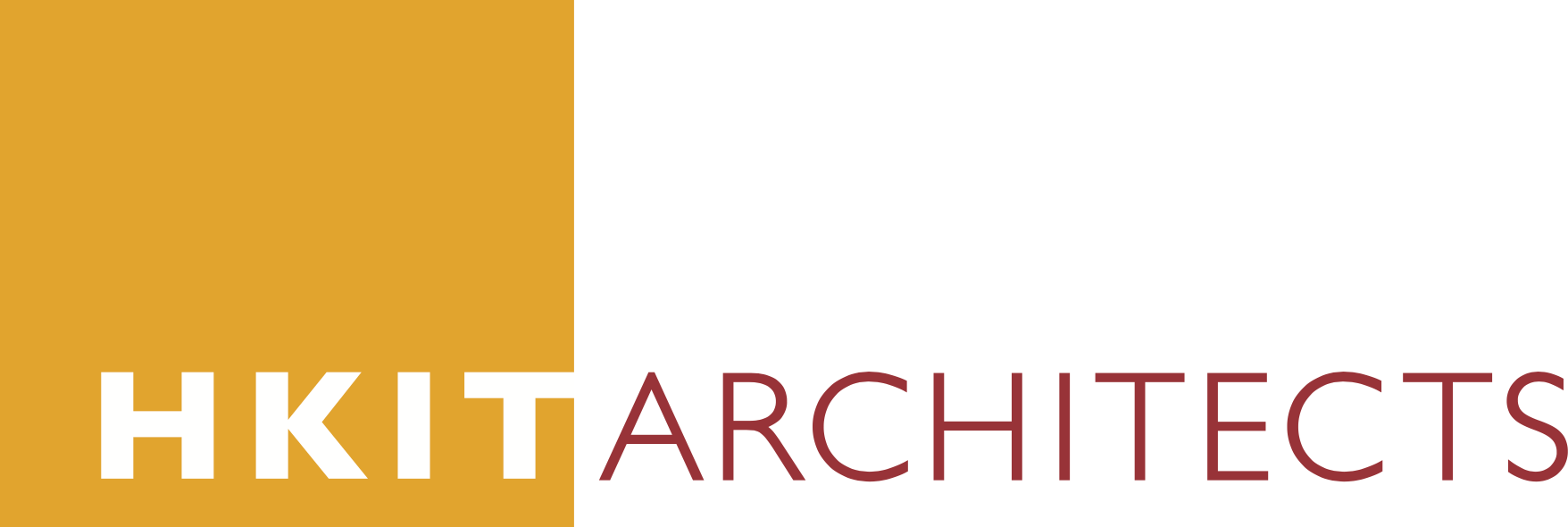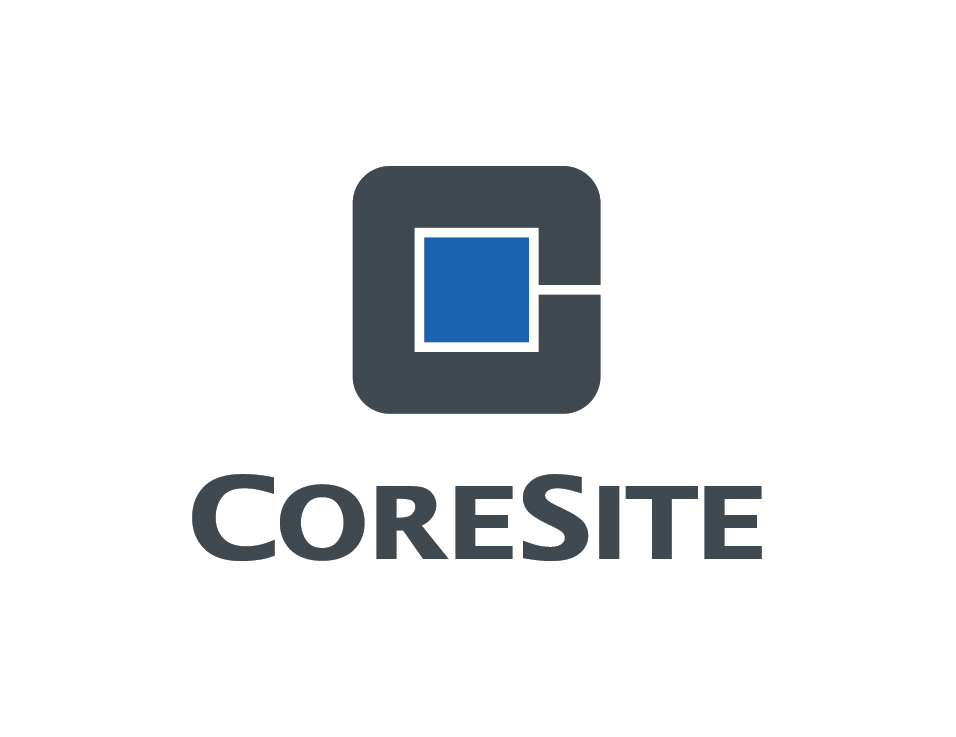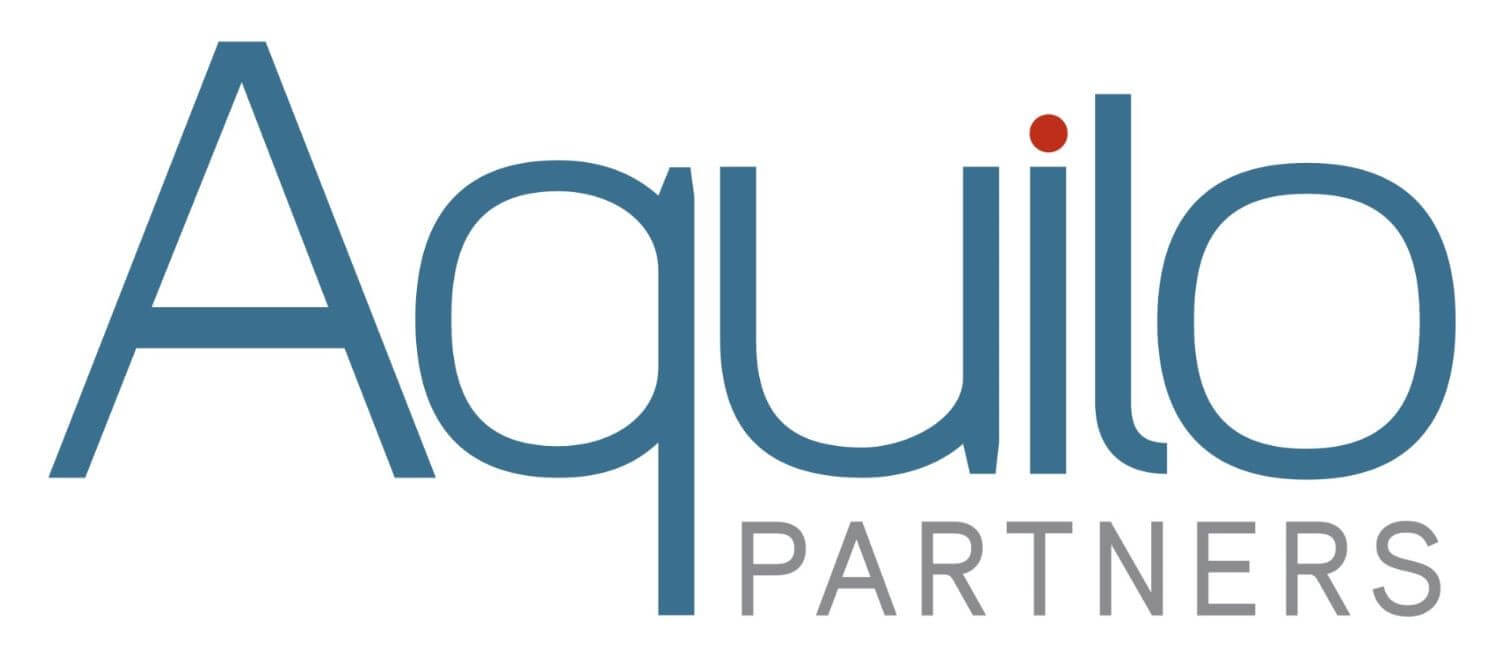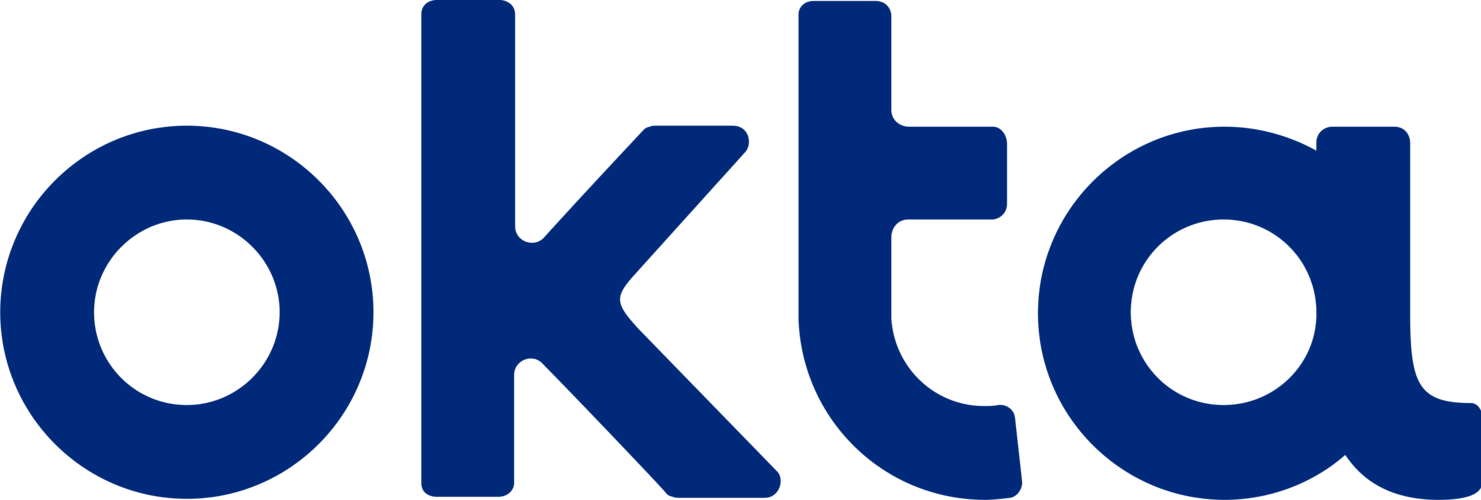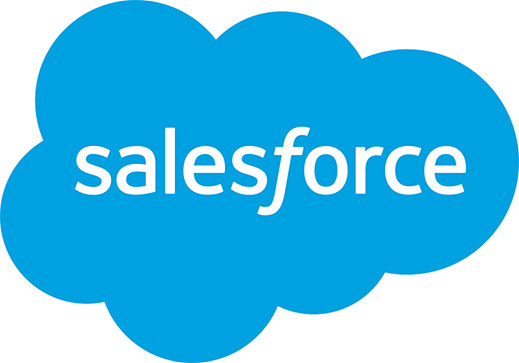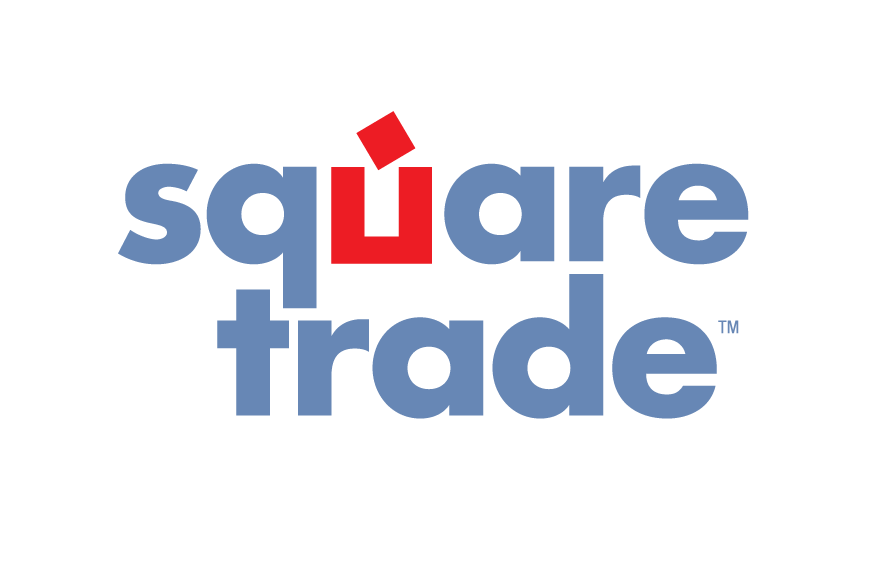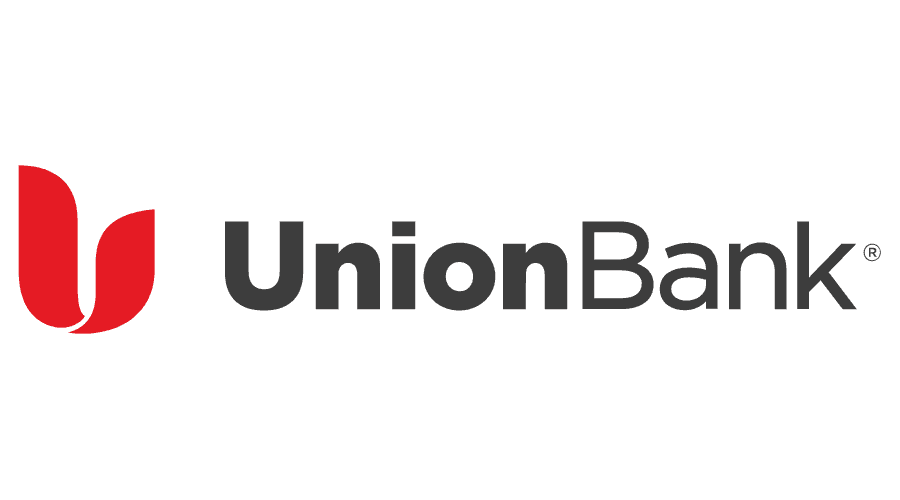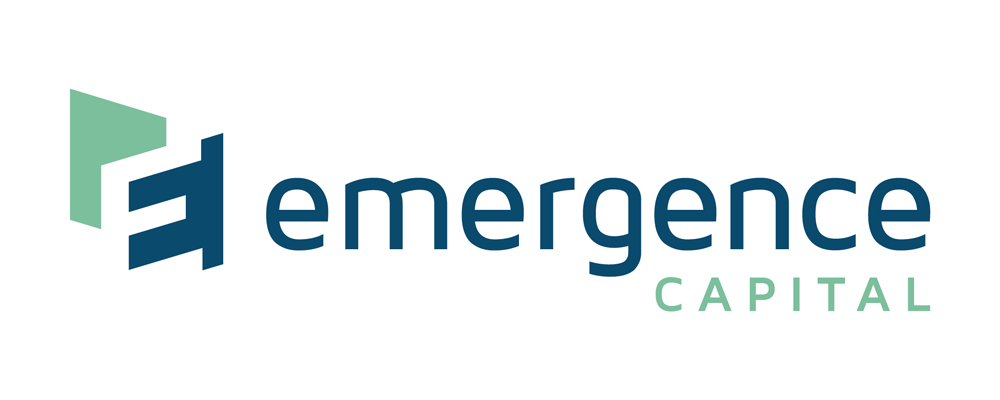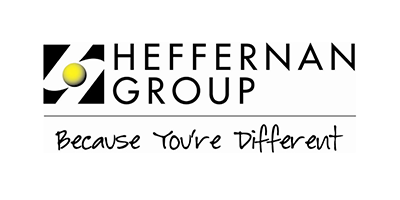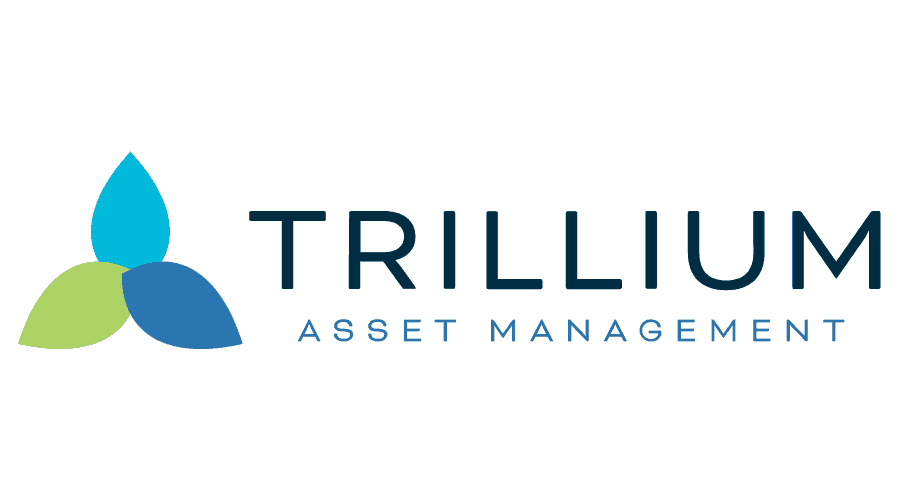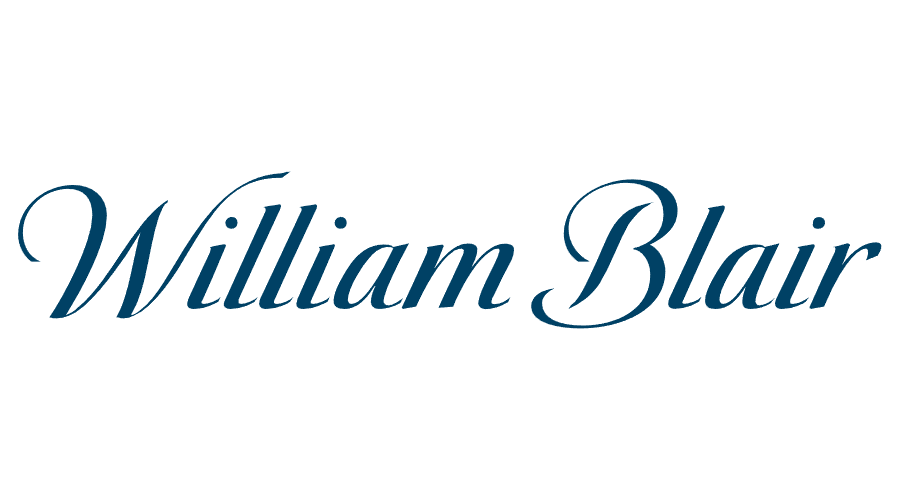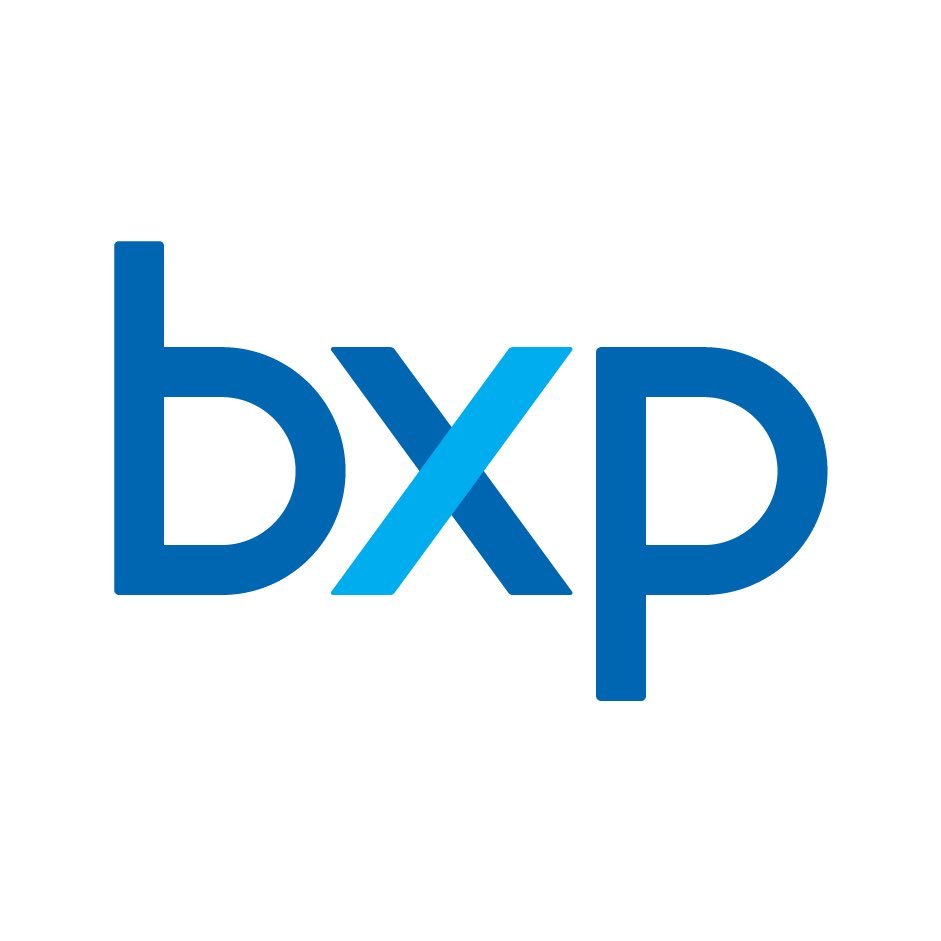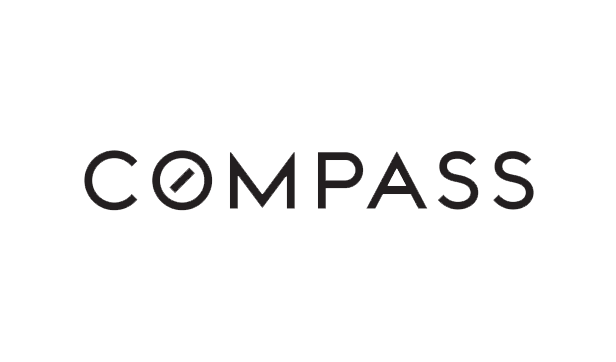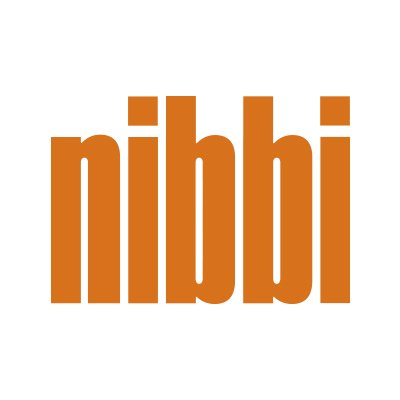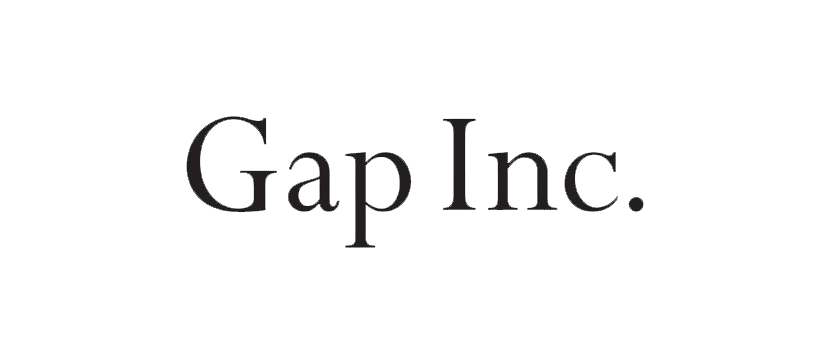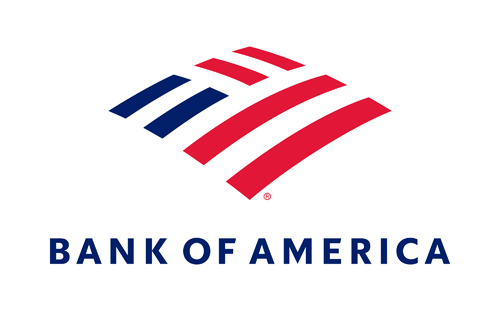Digital Justice: Reflections from our Tenderloin Technology Lab

Since I have been managing the Tenderloin Technology Lab at St. Anthony’s, I have come to believe that we are missing something significant when discussing certain aspects of technology. In my opinion, we need to steer the conversation away from the limiting concept of how to close the digital divide and instead focus on the overarching need for digital justice, the pillars of which are access, education and understanding of relevancy.
Digital justice occurs when we prioritize digital inclusion, when we ask ourselves and those at every level of society to co-create conditions, as well as programs and services, that create access for all, offer and promote learner-centered education and require society as a whole to understand why it is important to include and bring everyone into the digital era. We are in the process of moving towards digital justice, and in this process there exists three categories of people, the first of which is often shocked to learn that the other two exist:
CATEGORY 1: Those who a) have access to the digital era through functioning and connected devices and computers; b) know how to use their devices, apps, programs to participate in the digital era; and c) understand the relevancy of being connected in the digital era. Many people in this category not only are unaware of those who are not in this category, but are also designing platforms, programs and apps that assume all people are in this category; unfortunately, this is not the case.
CATEGORY 2: Those who are in various stages of gaining access, education and an understanding of relevancy, but who do not currently have all of the following: a) a working device with reliable internet service, b) the competency to use the device to execute desired tasks, and c) an understanding of the relevance of digital connectedness.
CATEGORY 3: Those who are being left behind, forgotten, ignored and excluded. Note the use of verbs that highlight the agency of those who are doing the leaving behind, the forgetting, the ignoring, the excluding.
We cannot responsibly move forward as a whole society when we are allowing entire segments to be left behind. St. Anthony’s embraces not only the WHOLE PERSON, but by extension the WHOLE SOCIETY.
Digital Justice, as a subset of Social Justice, regards society, not the individual member, as the mediator of digital access, education and relevancy. Therefore, it is time for all of us to be part of the greater movement of digital justice by asking ourselves, whether as individuals, employers, policy-makers, as leaders, as providers of programs and services, “What can I do to contribute to digital justice?” Here are some ideas:
- Change the conversation to focus on the agents of change from individuals who are being left behind to the larger community who would choose to leave its members behind. The digital divide promotes a simplistic model of have and have nots, when what we need to be looking at is why it is important for a society to include all its members when adopting a new way of conducting business, living one’s life and carrying out day-to-day necessities such as accessing medical and health care, housing and shelter, food, hygiene and technology. Make the question, “How do we include everyone?” not, “What can we do for the ones who don’t have what we say they should have?”
- Fund and support public access computing centers: Many digital inclusion organizations maintain public access computing facilities that allow community members to access technology in places in which they feel comfortable and supported. These spaces also complement the digital literacy classes that are often offered in the same location. Low-income individuals and families value public access computing centers because they are often in convenient locations and have helpful staff who provide them with one-on-one support with computers and broadband Internet access. St. Anthony’s TECH LAB is one such example and there are others throughout the City.
- Provide low- or no-cost broadband: Cost continues to be a major barrier to broadband adoption. Successful interventions need to address “ability to pay” rather than “willingness to pay.” While most low-income individuals and families understand the value of broadband connectivity, the cost remains the most significant barrier to adoption. Successful digital inclusion efforts should recognize the role that persistent poverty plays in shaping people’s abilities to access and use computers and the Internet.
- Fund and support digital literacy training: There are many service providers in San Francisco that offer digital literacy classes, workshops and resources assisting those who do not feel the Internet is relevant to them as well as those who already understand the importance of the Internet to their everyday lives.
- Make low-cost computers available: Low-cost or free computers are often just as important as having access to low-cost or free Internet options, particularly for people in low-income communities. Digital inclusion organizations have embraced this reality by refurbishing older computers and making them available to low-income people for free or at a reduced cost. Some digital inclusion organizations also provide ongoing technical support to residents who need the social and technical assistance to keep their computers up and running—and connected online—over time.
- Be a part of one person’s journey towards digital literacy and engagement. Check out organizations like Community Technology Network (http://ctnbayarea.org/) in San Francisco. Consider volunteering your time to help a senior, a family, a parent, a child, an organization. Your actions will make a difference.
Julie Berlin manages the Tenderloin Technology Lab at St. Anthony’s in San Francisco, a free public access computing center in the heart of the City’s Tenderloin neighborhood. The Tech Lab offers free drop-in access to 40+ computers, beginning and intermediate classes, tutoring and access to a fax, phone, copier/printer/scanner, as well as professional staff and volunteers ready to help guests define and progress towards their goals using technology.
Julie will contribute to a lively panel discussion on the topic of digital inclusion and justice at the upcoming Non-Profit Technology Conference in San Jose on March 23: http://www.nten.org/session/digital-inclusion-to-further-your-impact/
To learn more about evidence-based essentials of digital inclusion, read this article: https://www.benton.org/blog/four-essentials-digital-inclusion.
To learn about digital inclusion efforts at an exciting national level, check out the very impactful work of the National Digital Inclusion Alliance here: http://www.digitalinclusionalliance.org
Julie Berlin is the manager of St. Anthony’s Tenderloin Technology Lab




